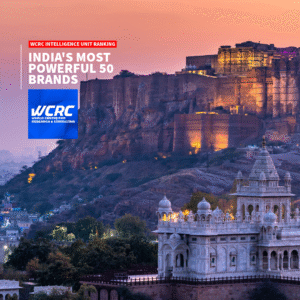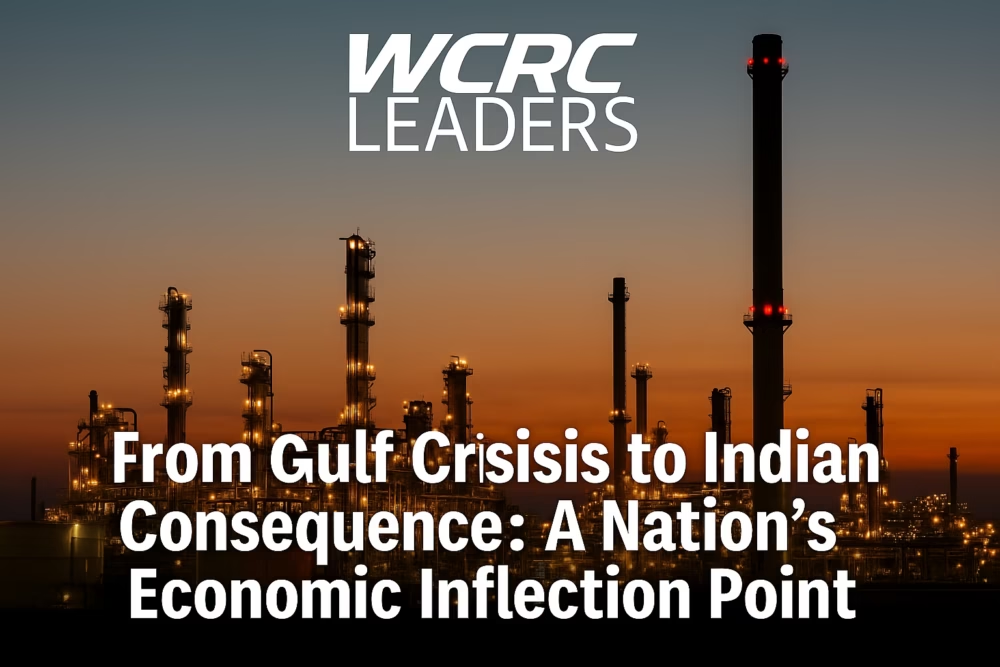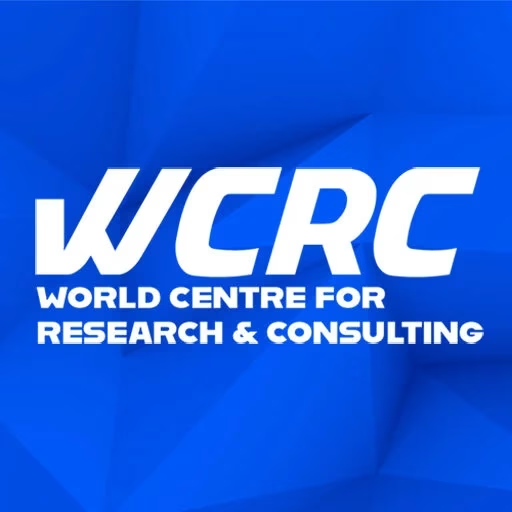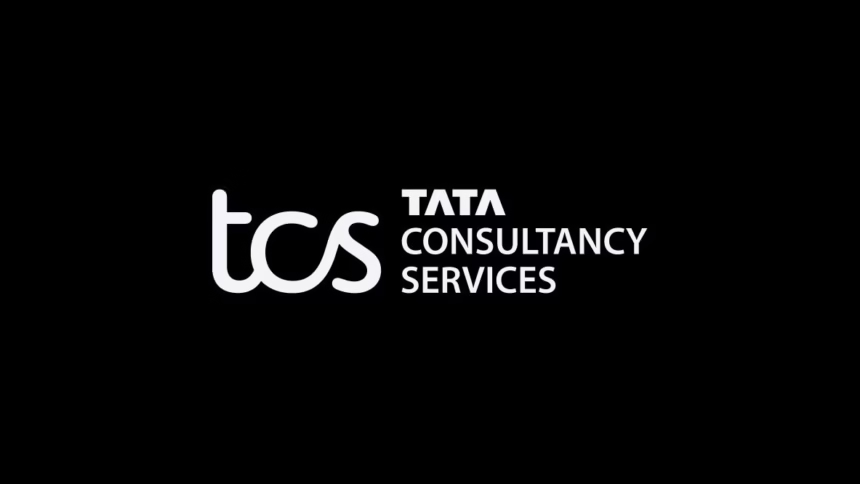WCRCLEADERS Analysis | When geopolitical tremors ripple across borders, can India’s leadership remain resilient—or is the subcontinent headed into economic crossfire?
WCRCLEADERS Cover Analysis
The war drums of West Asia are beating again. But this time, the tremors are not just regional—they’re rippling across the global economy. And perhaps no country outside the conflict zone stands to be more impacted than India.
- WCRCLEADERS Analysis | When geopolitical tremors ripple across borders, can India’s leadership remain resilient—or is the subcontinent headed into economic crossfire?
- The Energy Trap: Can India Keep the Lights On Without Breaking the Bank?
- Trade Winds or Trade Storms?
- Currency Pressure: How Long Can the RBI Hold the Fort?
- Inflation Risk and the Politics of Pricing
- India’s Diplomatic Chessboard: Neutrality or Opportunity?
- Leadership at a Crossroads
- Final Take
As tensions escalate between Israel and Iran, global markets are responding in real time. Oil prices spike. Currencies shudder. Supply chains lurch. In boardrooms and ministries across New Delhi and Mumbai, a quiet urgency is growing. This isn’t just another Middle East conflict. This is a test of India’s economic preparedness, diplomatic dexterity, and leadership clarity.
The Energy Trap: Can India Keep the Lights On Without Breaking the Bank?
India remains over 80% dependent on imported crude oil. A sharp and sustained rise in global oil prices doesn’t just inflate the import bill—it throws off the government’s finely tuned fiscal balance. Every $10 increase in crude costs translates into higher retail fuel prices, swelling subsidies, and rising inflation.
So far, the Indian government has absorbed the shocks. But the question looms large: What if this isn’t temporary? What if oil stays volatile for months, or worse—years?
The bigger worry: Can India afford strategic autonomy if its energy security is still hostage to Gulf volatility?
Trade Winds or Trade Storms?
With Red Sea routes threatened and insurance premiums soaring, India’s logistics ecosystem is bracing for higher costs and longer delivery times. Exporters—especially from key sectors like chemicals, engineering goods, and textiles—are already signaling pressure.
The cost of containers has risen. Delivery schedules are faltering. Clients are renegotiating.
Will “Make in India” lose its edge if India’s outbound trade becomes logistically unreliable?
For a nation betting big on trade-led growth and manufacturing dominance, this conflict has raised a deeper issue: Do we have the resilience built into our supply chains to weather external shocks?
Currency Pressure: How Long Can the RBI Hold the Fort?
The Indian rupee has shown signs of stress, depreciating against the U.S. dollar in response to geopolitical jitters and foreign fund outflows. The RBI has stepped in with aggressive interventions—but interventions come at a cost. Depleting forex reserves? Reduced room for monetary policy? Or worse, a flight of capital?
India remains a hotbed for global investment. But if macro fundamentals take a hit, capital may get cold feet.
Is the rupee’s fragility now a strategic liability?
Inflation Risk and the Politics of Pricing
Fuel, freight, and food. That unholy trinity could shape the narrative ahead of India’s elections.
A prolonged conflict could reignite retail inflation, impact household budgets, and force the government into politically risky subsidy decisions. With elections on the horizon, can Indian leadership prioritize long-term strategy over short-term populism?
India’s Diplomatic Chessboard: Neutrality or Opportunity?
So far, India has treaded cautiously, issuing restrained statements and avoiding alignment with either Iran or Israel. But as the conflict escalates, pressures mount.
Will India’s energy security, diaspora interests, and trade corridors force it to take a clearer stance?
Diplomatically, India must walk a razor’s edge—preserving ties with Tel Aviv, nurturing partnerships with the Arab world, and sustaining its Iran-related strategic infrastructure projects.
Leadership at a Crossroads
This moment is more than a policy dilemma. It’s a leadership test. India’s vision of becoming a Viksit Bharat—developed and globally respected—demands bold, proactive action, not reactive maneuvering.
WCRCLEADERS asks:
- Will India seize this geopolitical challenge to accelerate domestic energy innovation?
- Will it deepen regional alliances and reduce vulnerability?
- Or will it cling to a playbook crafted for yesterday’s economy, not tomorrow’s volatility?
Final Take
India stands at the intersection of global chaos and national ambition. The Israel–Iran conflict is not India’s war, but it may shape India’s future. In the weeks to come, New Delhi’s response—both silent and spoken—will define more than just economic health.
It will define how India leads, how India adapts, and whether India truly rises amid crisis.









